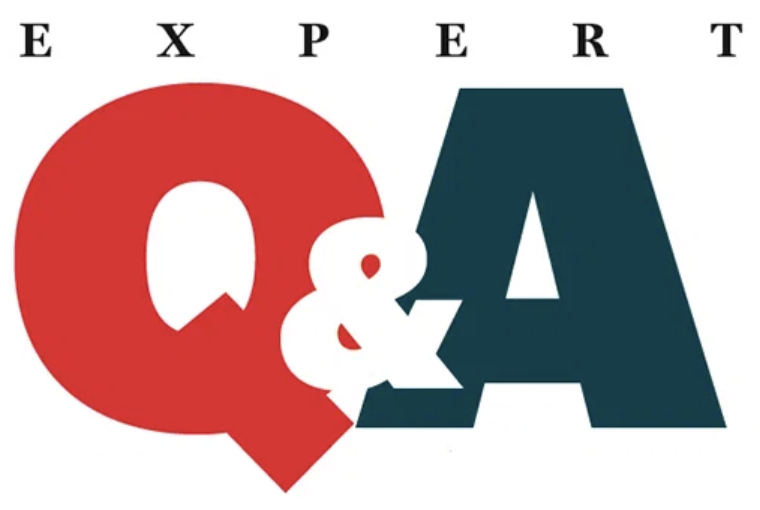Q: We caught this perch on Lake Nipissing in North Bay. A friend believes it’s a parasite. Note that the fin is also wonky. Any thoughts? Is this common? What should someone do when they catch a fish with a variant like that? We weren’t sure what to do.
Veronique Venne, Verner

A: Adam Weir, Ontario Federation of Anglers and Hunters Fisheries Biologist responds: The OFAH is a member of the Canadian Animal Health Surveillance System (CAHSS) Aquatic Network and I was able to connect with professionals across the country to help determine what is wrong with this perch.
There was general agreement this is a lesion that developed because of trauma or injury. The pectoral fin is also damaged, which may be a result of a bacterial infection and, since it’s on the same side as the lesion, they may have occurred at the same time. The trauma could have come from a predation attempt, the fish ate something that protruded out of the body wall from the inside or was injured by an outside source. Several members of the network commented on the possibility of it originating from a lamprey attachment point. There are native silver lamprey in Lake Nipissing that do parasitize a variety of fishes, feeding on their blood via their rasping tongue teeth and sucking mouth.
Perch health
Though the abnormality would likely require a skin scrape, culture, and histopathology testing to be identified, it’s important that anglers report abnormal (and normal) sightings through the Finfish Health Tracker Tool and website. Ontario anglers can now become part of the community science program by reporting sightings, improving fish health through monitoring and investigating, and detecting foreign diseases and the spread of endemic diseases.
The OFAH is also developing a fish and wildlife disease fact sheet to help educate anglers and hunters about diseases, signs to look out for, and how to report them. Visit www.ofah.org/enews and sign up for our email list to stay connected with the OFAH and the conservation initiatives we are involved in.
Originally published in the May 2022 issue of Ontario OUT of DOORS magazine.
